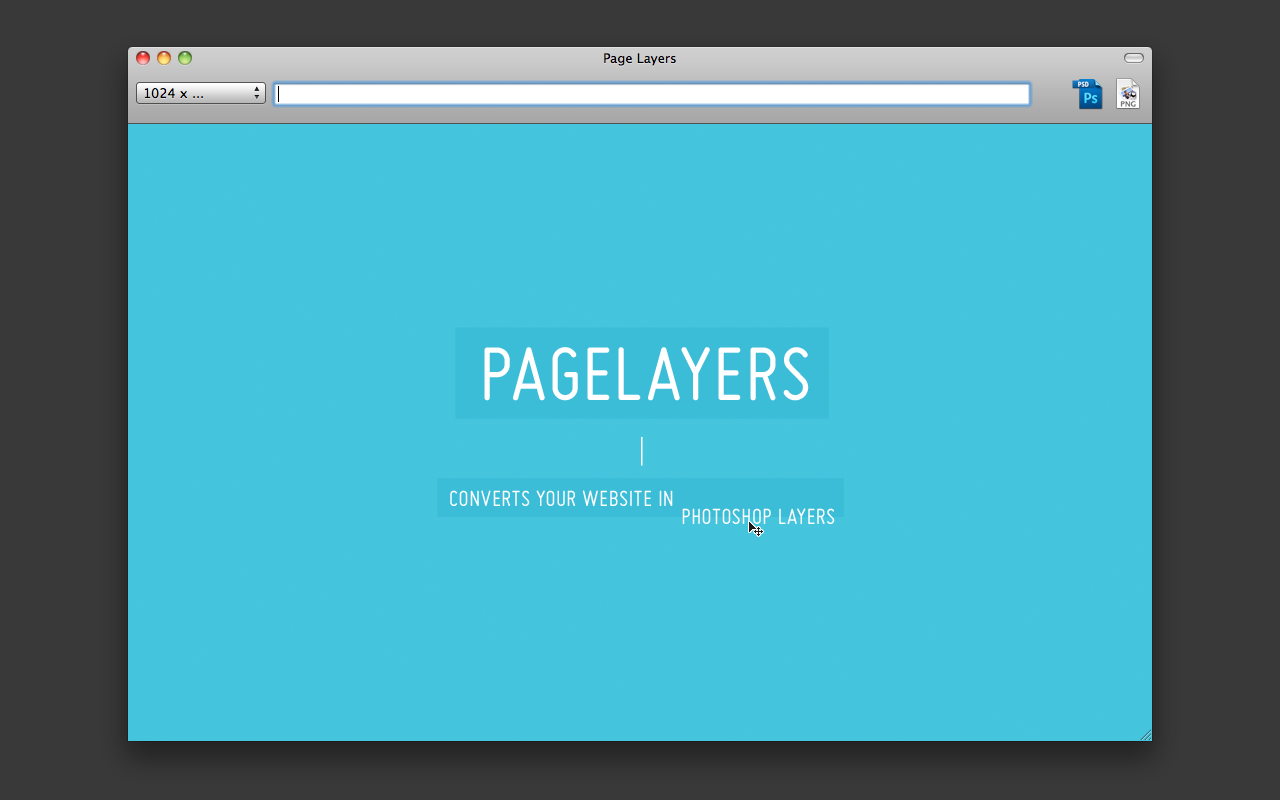
#Page layers 1.9.1 full
#Page layers 1.9.1 mac
The Mac app is unique in its capability to export pixel-perfect Web site screenshots featuring a masked layer for every page element. Have questions or feedback about Office VBA or this documentation? Please see Office VBA support and feedback for guidance about the ways you can receive support and provide feedback.Page Layers saves your Web site as layered Photoshop image. 'but retain their previous layer assignment. 'Add the second grouped shape to the second layer. 'but lose their previous layer assignment. 'This group's component shapes are added to the layer 'Add the first grouped shape to the second layer. 'Duplicate the group and set each group as a Shape object. 'Select the two rectangles and group them. 'Assign each rectangle to the first layer. Every object you create with Adobe XD is a layer. Set vsoShape2 = vsoPage.DrawRectangle(4, 4, 6, 7) Layers are a fundamental component of Adobe XD. Set vsoShape1 = vsoPage.DrawRectangle(3, 3, 5, 6) Set vsoLayer2 = vsoLayers.Add("MySecondLayer") 'Get the Layers collection and add two layers 'Get the Pages collection and add a page to the collection. Set vsoDocument = Documents.Add("Basic Diagram.vst") 'Add a Document object based on the Basic Diagram template.

As a result, the component shapes of vsoShapeGroup1 are assigned only to vsoLayer2, while the components of vsoShapeGroup2 are assigned to both vsoLayer1 and vsoLayer2. Layer assignments of the component shapes of vsoShapeGroup2 are retained by passing a non-zero value for the fPresMems argument of the Add method, but previous layer assignments of the component shapes of vsoShapeGroup1 are lost when zero is passed to the Add method for that argument. The group shape is then selected and duplicated, and the duplicate group shapes are added to the second layer in two different ways. Subsequently, the rectangles are grouped into a group shape. Two rectangle shapes are drawn and then added to the first layer. In the example, two new layers are created. If the shape you add is not a group shape, the fPresMems argument has no effect, but is still required. When the Shape object you add to a Layer object is a group shape, use the fPresMems argument of the Add method to specify whether the component shapes of the group retain or lose their previous layer assignments.
#Page layers 1.9.1 how to
The following example shows how to use the Add method to add Shape objects to a Layer object. If fPresMems is zero, the component shapes are reassigned to this layer and lose their current layer assignments. If the shape is a group and fPresMems is non-zero, the component shapes of the group retain their current layer assignments and are also added to this layer.

Zero to remove subshapes from any previous layer assignments non-zero to preserve layer assignments. The new Shape object added to the Layer object.

Add ( SheetObject, fPresMems)Įxpression A variable that represents a Layer object.


 0 kommentar(er)
0 kommentar(er)
